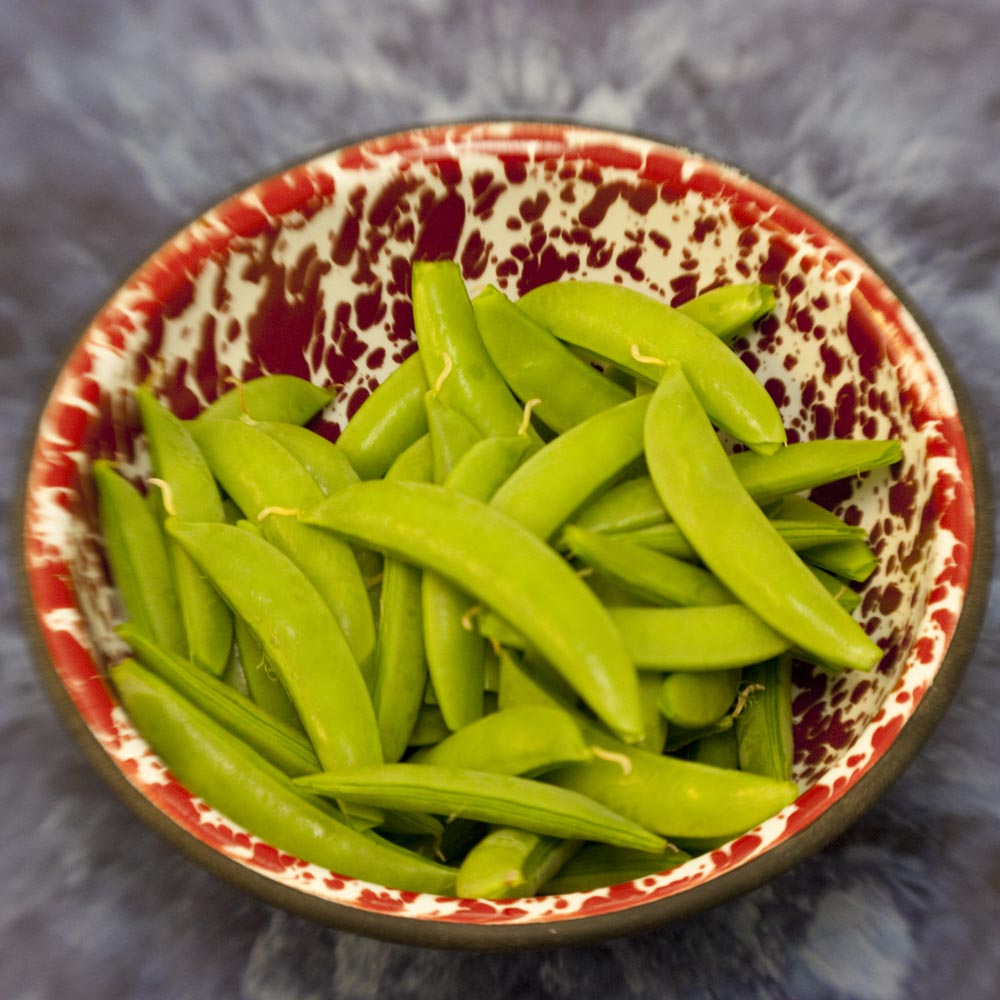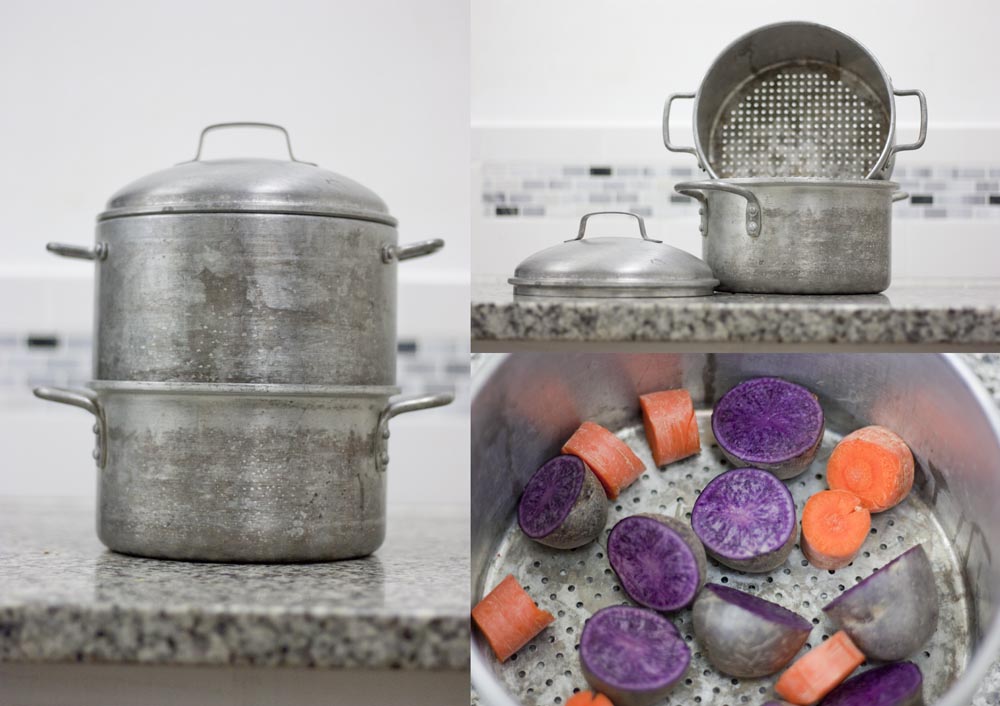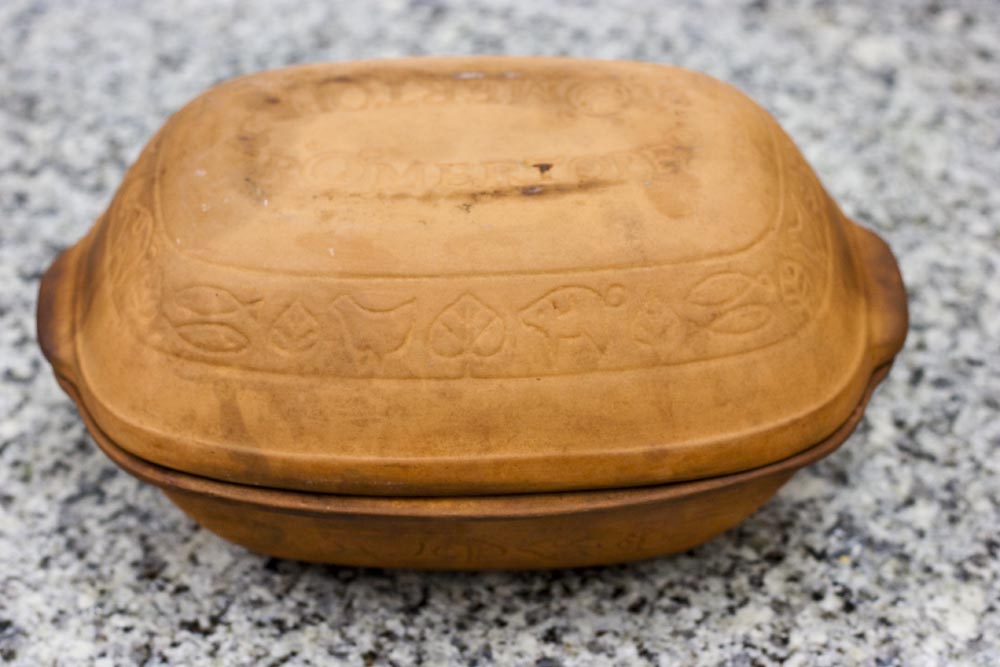How to keep maximum nutrition when cooking vegetables:
Vegetables are an important part of any healthy whole food diet and some vegetables are just better when cooked than when raw. This can be a problem. Some nutrients are always lost when vegetables are cooked. Many vitamins and micro-nutrients are heat sensitive and/or easily oxidized, so high temperatures will break them down. Other nutrients are water soluble and will be lost into the cooking water if vegetables are boiled in a pot. Not peeling vegetables allows the natural skin to protect the vegetable against nutrient loss during cooking as well as having other advantages. To minimize heat breakdown and oxidation, keep cooking times and temperatures to the minimum possible for all vegetables.
Stir frying in a wok is one of the best methods for cooking vegetables without losing a lot of nutrients. Woks are generally made of thinner steel than frying or saute pans, allowing them to get hot more quickly and only get hot where they contact the burner. A small amount of high-temperature cooking oil in a very hot wok with constantly stirred vegetables makes a great meal or side dish in just a few minutes. Because of the high heat and movement, vegetables are cooked in short bursts as they cross the bottom of the wok. The outsides get tender, the insides stay crisp and almost all flavor and nutrition is kept intact.
A dedicated steamer or a steamer basket for a sauce pan with a fitted lid is just as good at retaining nutrients in cooked vegetables as a wok and requires no added oil. Water is brought to a boil in the bottom of the steamer, vegetables to be cooked are placed in the basket above the water and the lid placed on top. Steam surrounds the vegetables and gently cooks them without leaching out nutrients. If you really want to get all of the available nutrition, save the water for making soup or for cooking rice, beans or pasta.
Combining these first two cooking methods is also good. Start cooking the vegetable in the bottom of a sauce pan that has a fitted lid, using a small amount of cooking oil over medium heat. At the fist sign of tenderness or any sticking to the pan, add a small amount of water(1/8″), reduce the heat to a simmer and put the lid on. Allow to finish cooking.
Boiling vegetables in water leaches out many important nutrients into the cooking water. This method can still be used and all of the leached nutrition recovered if the cooking water is then used as the liquid in another part of the meal. When the vegetables are drained, the water can then be used to make a sauce for the entree or to make a soup or cook rice. Otherwise you are paying for nutritious fresh vegetables and then pouring many of the nutrients down the drain with the cooking water.
One pan oven meals also reduce nutrition loss from vegetables during cooking. This is especially true if a covered roasting pan is used. Just be sure the liquid is used for a sauce or to cook tomorrow’s beans or rice.





